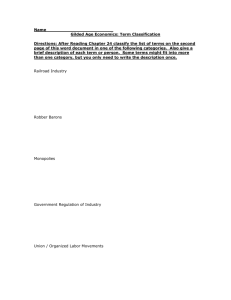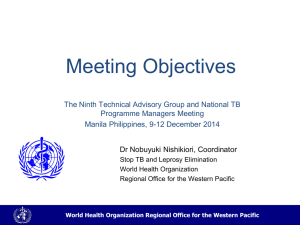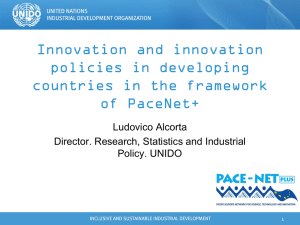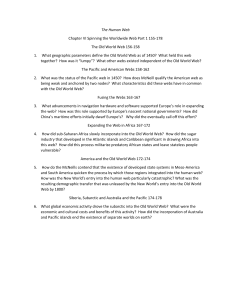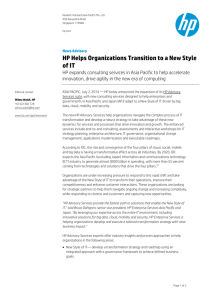A Research Agenda for Mental Health in the Workplace within the
advertisement
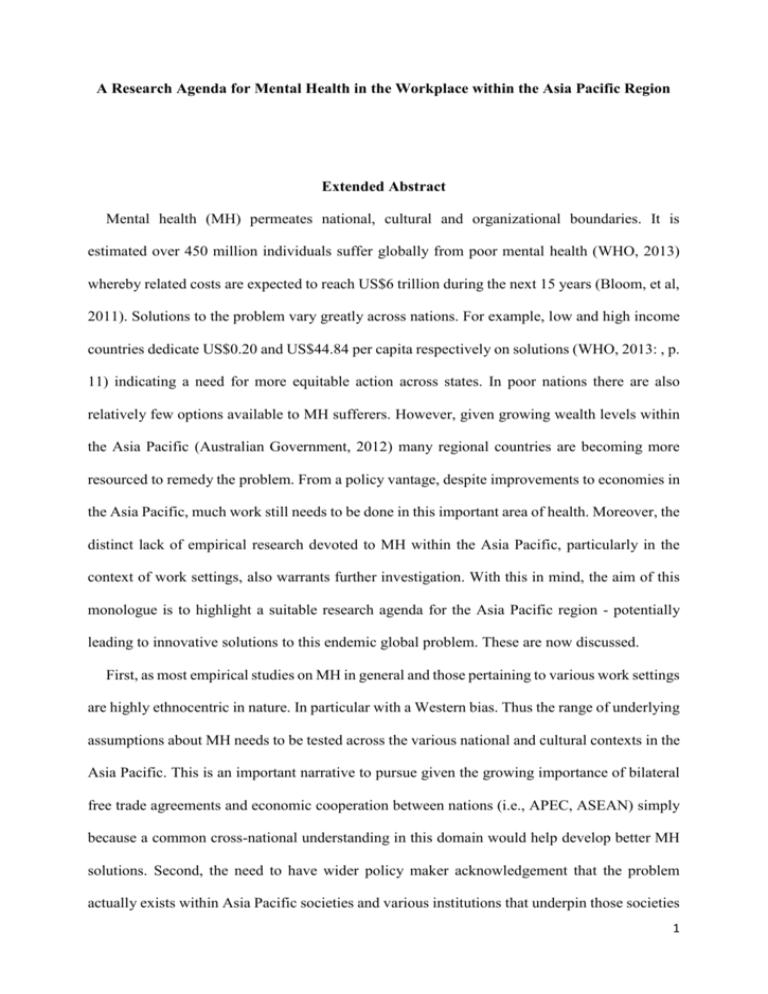
A Research Agenda for Mental Health in the Workplace within the Asia Pacific Region Extended Abstract Mental health (MH) permeates national, cultural and organizational boundaries. It is estimated over 450 million individuals suffer globally from poor mental health (WHO, 2013) whereby related costs are expected to reach US$6 trillion during the next 15 years (Bloom, et al, 2011). Solutions to the problem vary greatly across nations. For example, low and high income countries dedicate US$0.20 and US$44.84 per capita respectively on solutions (WHO, 2013: , p. 11) indicating a need for more equitable action across states. In poor nations there are also relatively few options available to MH sufferers. However, given growing wealth levels within the Asia Pacific (Australian Government, 2012) many regional countries are becoming more resourced to remedy the problem. From a policy vantage, despite improvements to economies in the Asia Pacific, much work still needs to be done in this important area of health. Moreover, the distinct lack of empirical research devoted to MH within the Asia Pacific, particularly in the context of work settings, also warrants further investigation. With this in mind, the aim of this monologue is to highlight a suitable research agenda for the Asia Pacific region - potentially leading to innovative solutions to this endemic global problem. These are now discussed. First, as most empirical studies on MH in general and those pertaining to various work settings are highly ethnocentric in nature. In particular with a Western bias. Thus the range of underlying assumptions about MH needs to be tested across the various national and cultural contexts in the Asia Pacific. This is an important narrative to pursue given the growing importance of bilateral free trade agreements and economic cooperation between nations (i.e., APEC, ASEAN) simply because a common cross-national understanding in this domain would help develop better MH solutions. Second, the need to have wider policy maker acknowledgement that the problem actually exists within Asia Pacific societies and various institutions that underpin those societies 1 is tantamount. At this juncture, official statistics across Asia Pacific nations are somewhat sporadic. For example, the Work Health Organization (2014) indicates that China has a Mental Health Plan, but key data related to mental health facilities and care given to sufferers is totally unavailable. Similar data is indeed available for Australia, Cambodia, Indonesia, Malaysia, New Zealand, Papua New Guinea, Philippines, Singapore, Thailand, The Republic of Korea and Vietnam but this varies quite considerably. A universal approach to accurate and transparent reporting of key national data, such as revealing the extent of the MH problem in each nation and its impact within the work setting, vis-à-vis, would be a good starting point. Studies focusing upon building such a broad picture of MH across these Asia Pacific nations will ultimately lead to longitudinal data-sets that could indicate the effectiveness (or lack) of policy and private sector strategies aimed at improving MH in this region. Third, despite the ethnocentric nature of existing empirical studies, available evidence from developed Western nations suggests people with mental ailments often view continuing or returning to work as central to their recovery (Bond, 2004; Cook et al., 2005; Dunn et al., 2008). Whilst the workplace in Western society is seen as a means of managing symptoms of MH by way of serving as a source of pride, self-esteem and empowerment that promotes recovery (Dunn et al., 2008; Provencher et al., 2002), the purpose and meaning of work in Asian cultures mean different things (e.g., Lim et al., 2012; Zhang et al., 2014; Lin et al., 2013). Underlying assumptions about the nexus between work and MH therefore needs to be examined within the range of Asia Pacific contexts. Indeed the very notion of MH and how it fits into Asian society necessitates re-examined from the lens of the ‘Eastern world’. Finally, and at the broadest level, the consequences of MH in the workplace should to be explored in light of the various free trade agreements within the region. What we do know is that Australian firms will have preferential access to markets of approximately 1.5 billion people, and the most recent China–Australia deal will dramatically benefit importers, exporters investors and consumers (Australian Government, 2015). What we do not know from this is the impact these agreements will have upon MH within 2 the region but we can hypothesize its likely effect. If firms from countries like Australia, that is a signatory to the International Labour Organization (ILO), expand in these markets then many of the underpinnings of what the ILO stands will be omnipresent in business dealing. Clearly there is a complex array of issues and challenges around the MH narrative within the context of the Asia Pacific region that require further investigation. Hopefully our research agenda help pave the way for a better understanding of how to deal with this problem in the most effective manner. 3
